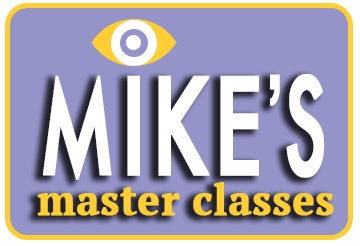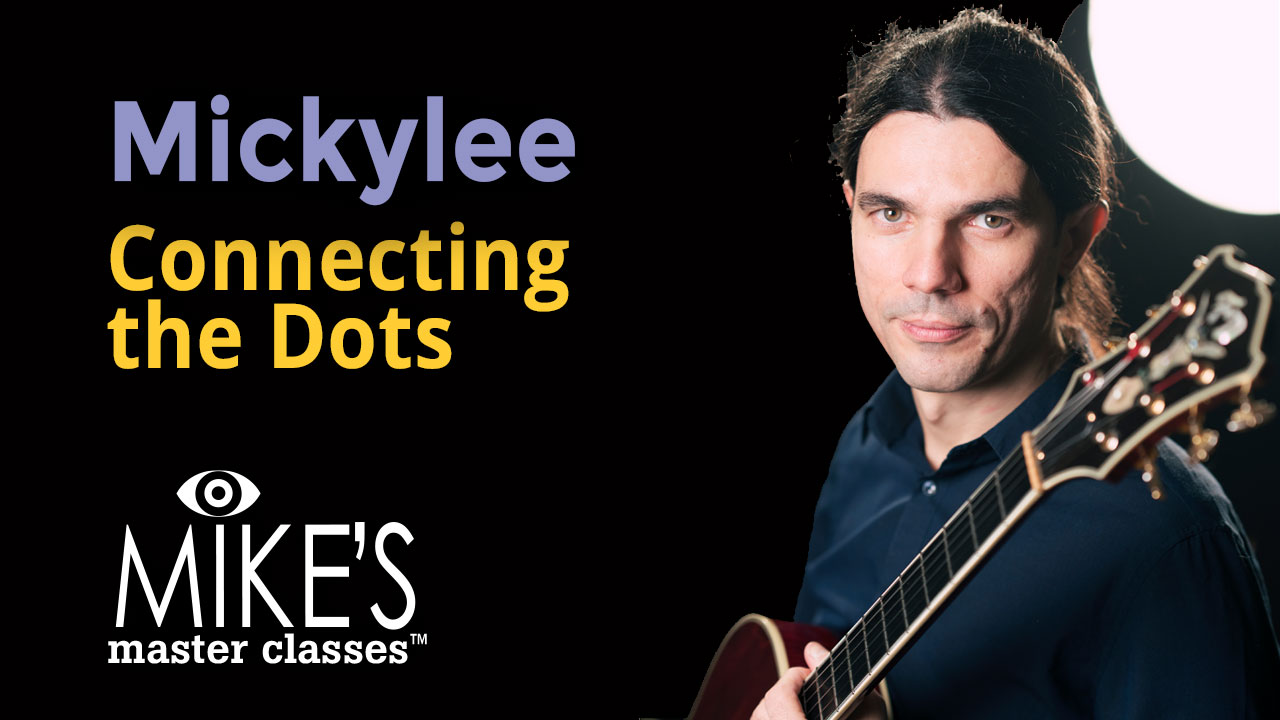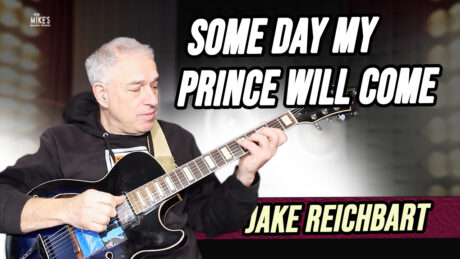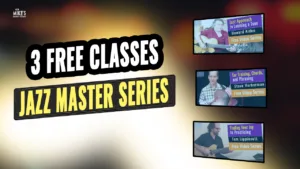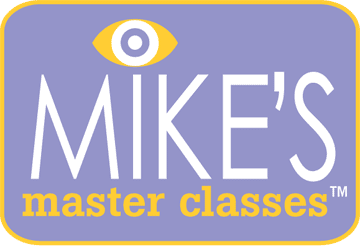In this video Mickylee discusses a method that doesn’t necessarily involve thinking solely in terms of scales and arpeggios while improvising, but rather focuses on dealing with pivotal points in the melody, i.e., reaching and leaving them. That is not to say that learning scales and arpeggios is not a necessary skill. Both are very important and, as a matter of fact, they also play a certain role in the system that will be presented, but will be used very sparsely. With “Connecting the Dots” technique, focus is rather on small fragments of the melody and the “Big Picture” is being painted step by step.
Improvising over chord changes may be very stressful for the inexperienced player, since a vast number of melodic possibilities over a given chord could be overwhelming. That’s why it’s important to reduce them as much as possible and systematically explore all the variations within these restrictions.
Harmonic progression of Blue Bossa is perfect for demonstration purposes, since it’s fairly simple and it consist only of Tonic, Subdominant and Dominant in Cm and Db.
- Sub-topic 1 Voice Leading
- Sub-topic 2 Approach Notes
Student outcome:
improvise in a more thoughtful manner, without relying only on scales, arpeggios and patterns. The solos may become more fluent and the musical phrases better linked to each other.
Skill Level:
